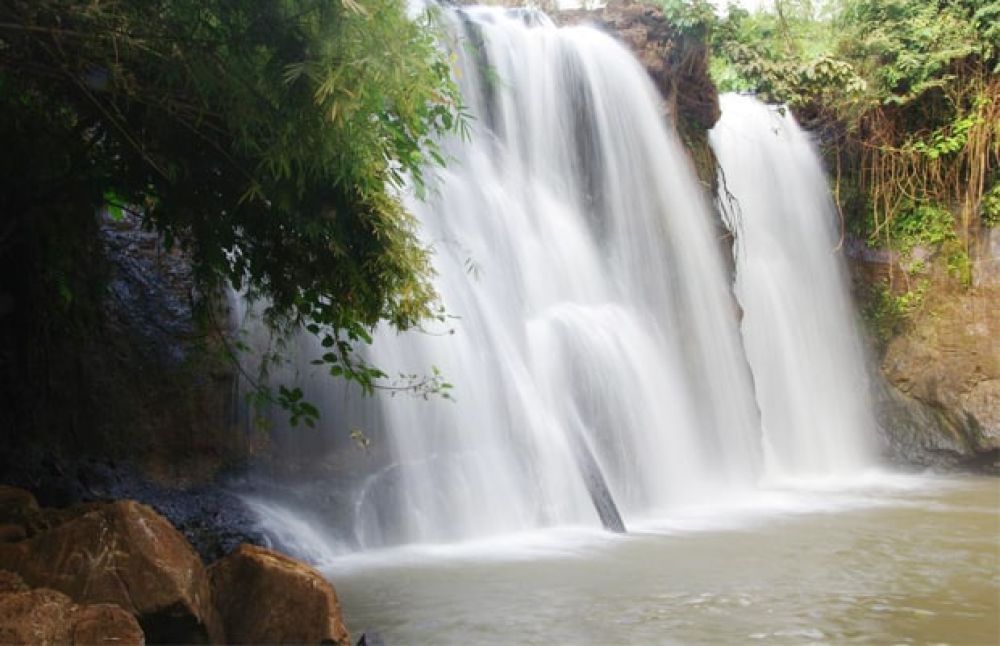

Ratanakiri, located in the remote northeastern corner of Cambodia, is a region brimming with natural beauty and fascinating indigenous cultures. Despite its rich potential for tourism, Ratanakiri remained largely off the tourism radar for many years, primarily because of the province's relative inaccessibility and the lingering effects of Cambodia's troubled past.
The history of tourism in Ratanakiri is relatively short. Prior to the 1990s, this part of Cambodia saw few visitors, largely due to its isolation and the dangers posed by residual conflict from the Cambodian Civil War and the Khmer Rouge era. Roads were unpaved, amenities were scarce, and nearly nonexistent infrastructure made travel to the region a challenge for the most intrepid adventurers.
In the late 1990s and early 2000s, after the political and security situation in Cambodia stabilized, Ratanakiri began to emerge as a destination for ecotourism. The government, along with international organizations, started initiatives to develop sustainable tourism as a means to provide economic benefits to the local communities while preserving the environment.
Tourist infrastructure slowly began to develop, with guesthouses and tour operations opening in Banlung, the provincial capital. These were aimed at backpackers and travelers seeking to explore the untouched jungles, visit local ethnic minority villages, and witness the stunning volcanic lakes and waterfalls that characterize the region's landscape.
With the boom of global travel, Ratanakiri's ecotourism sector continued to grow throughout the 2000s. Virachey National Park, one of Cambodia's largest protected areas, became a particular highlight for tourists seeking trekking and wildlife-watching opportunities. Similarly, the beautiful Yeak Laom Lake, a clear-water crater lake, became a must-visit spot for swimming and cultural experiences.
Visitors also began to engage more with the local indigenous communities, known as the Khmer Loeu, participating in community-based tourism initiatives. These efforts helped bring income to the villagers while allowing tourists to learn about their traditional ways of life.
Today, Ratanakiri is still considered an off-the-beaten-path destination, but its popularity is on the rise. The region has started to attract a more diverse audience, from adventure travelers to those interested in responsible and sustainable tourism practices. Efforts to pave roads and improve transport connections have made Ratanakiri more accessible than ever before.
The latest trend also points towards luxury ecotourism, where lodges and accommodations are being developed to offer comfortable stays without compromising the environment and the authenticity of the traveler's experience. The increase in domestic tourism, fueled in part by Cambodian nationals exploring more of their own country, is also a growing segment.
While the COVID-19 pandemic has certainly impacted travel to Ratanakiri, the region's tourism sector is poised to recover, adapting to the new normal with enhanced health and safety protocols, ensuring the continued support for the community-based initiatives and preservation of the natural environment that makes Ratanakiri a unique and valuable destination.